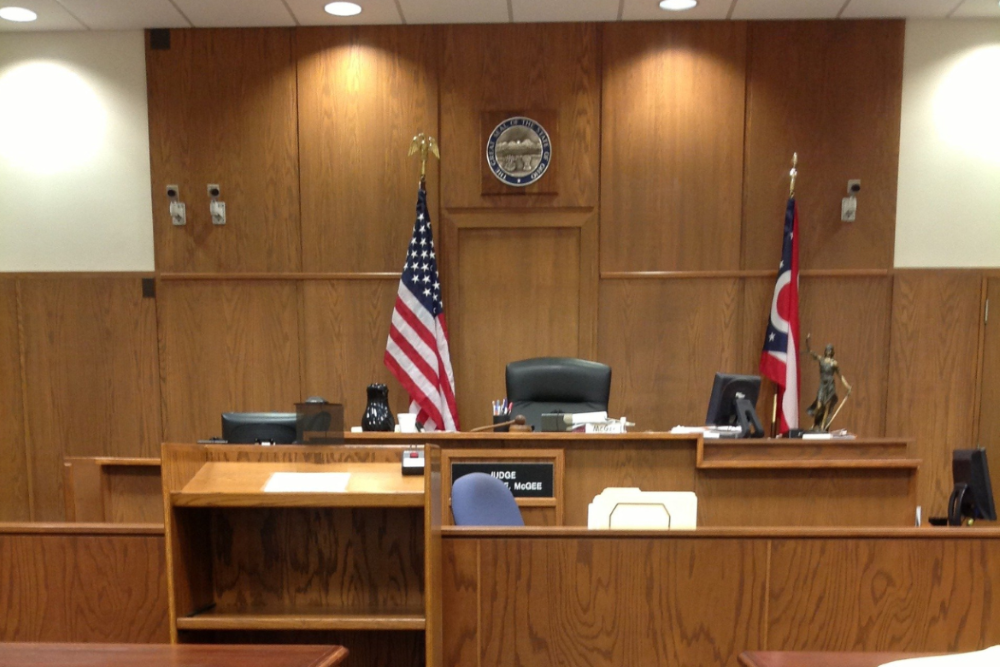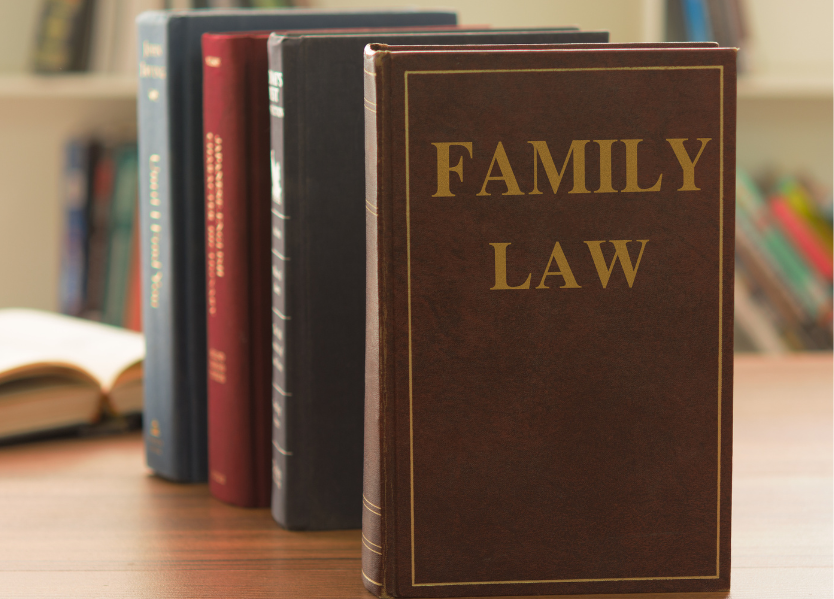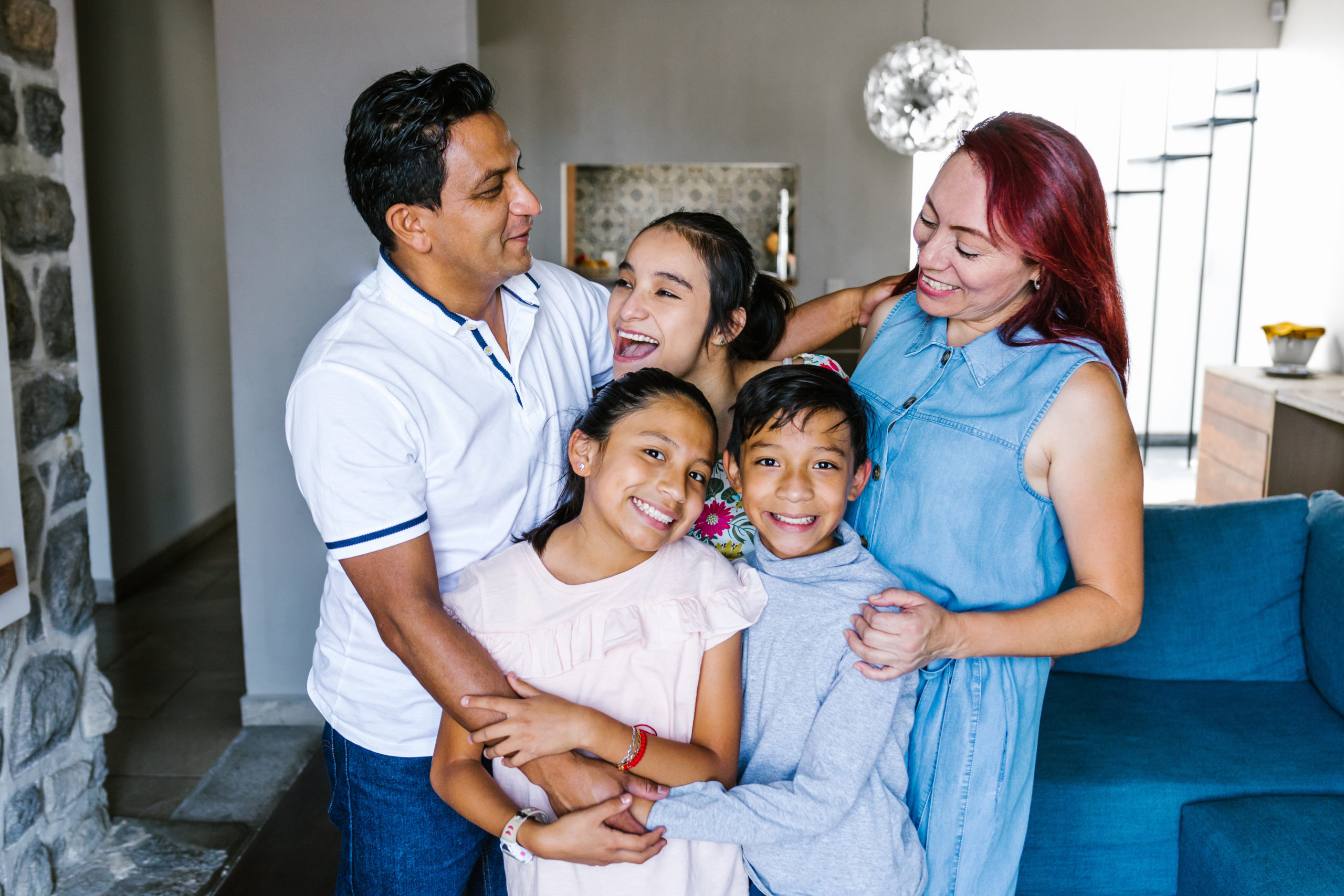Kin-First Courtrooms: Legal & Policy Resources
Bench Cards
Legal Guidance
HHS Administration for Children & Families
Tags: Bench cards, legal professionals, CASAs/GALs. families, youth
American Bar Association, Policy 613
Tags: Bench cards, legal professionals, CASAs/GALs. families, youth
Ohio Supreme Court Pratice Manual for Attorneys in Hamilton County
Tags: Bench cards, legal professionals, CASAs/GALs. families, youth
Quality Hearings
HHS Administration for Children & Families
Tags: Quality hearings, legal professionals, CASAs/GALs. families, youth
HHS Administration for Children & Families
Tags: Quality hearings, legal professionals, CASAs/GALs. families, youth
Ohio Supreme Court Pratice Manual for Attorneys in Hamilton County
Tags: Quality hearings, legal professionals, CASAs/GALs. families, youth
Reasonable Efforts
Judge Leonard Edwards (Ret.)
Tags: Reasonable efforts, legal professionals, CASAs/GALs. families, youth
Journal of Poverty Law and Policy
Tags: Reasonable efforts, legal professionals, CASAs/GALs. families, youth
Join us in this work!
Sign up here to receive e-mail updates about this project and even join a committee if you'd like. If you have any questions, please contact Alyse Almadani at alyse.almadani@kinnectohio.org.










